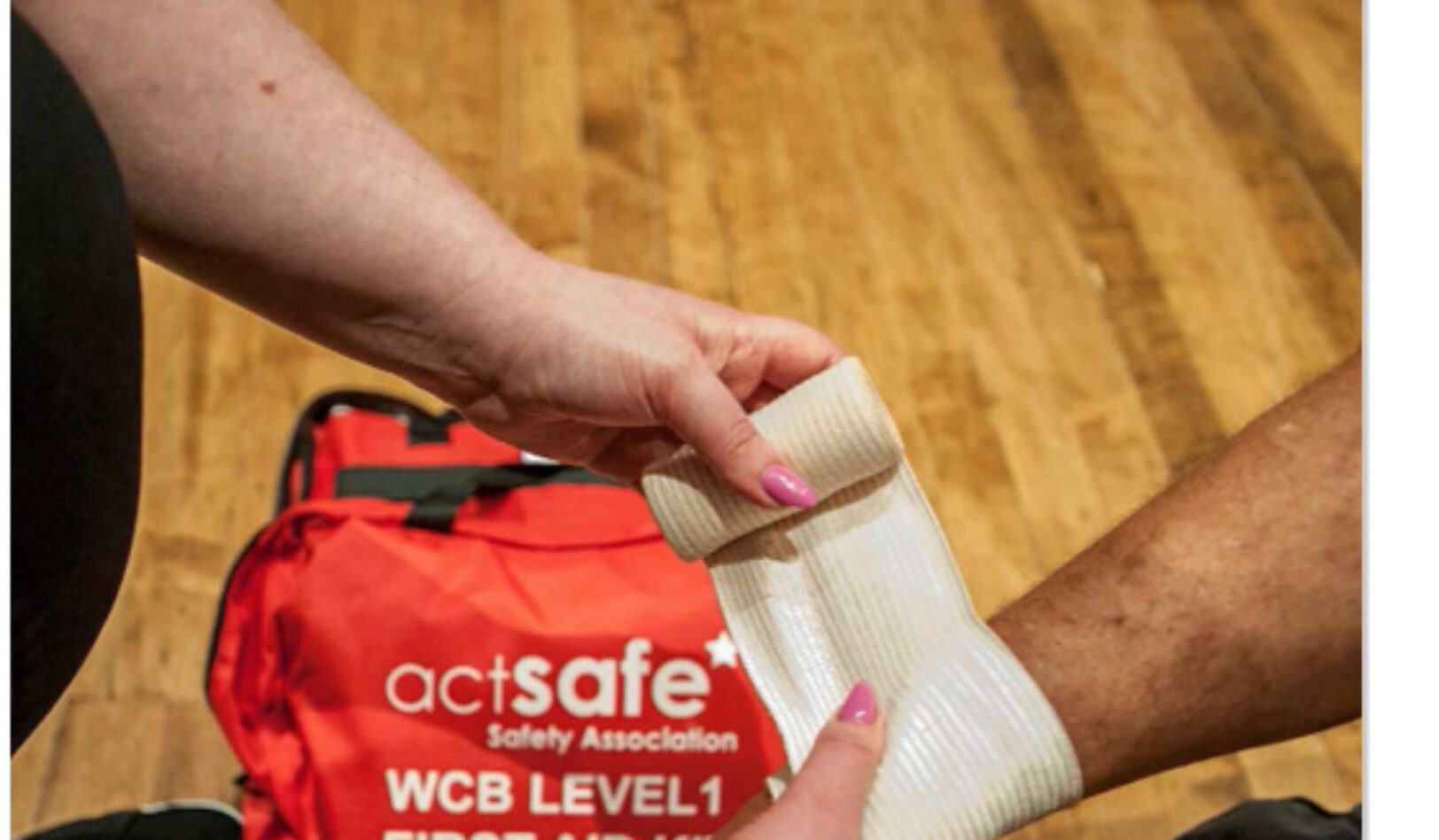
Written by Anand Kanna, Manager of Motion Picture Programs and Services, Actsafe Safety Association. To get in touch with Anand; anandkanna@actsafe.ca or call 604 733 4682 Ext. 120.
When was the last time you took part in a fire drill? Within the last month? Within the last year? Back in high school? Don’t laugh; I bet it’s been that long for some of us.
The sad truth is this; we work in an industry where our workplaces change everyday. New scenes, new locations, new productions, and new workplaces, and we never take the time to learn what the procedure is if disaster strikes. But who is responsible for the plan?
Emergency planning is everyone’s responsibility. In our personal lives, you’d be surprised at how few of us do any actual planning for emergencies, yet we seem to hold our employers to a higher standard when it comes to having a plan. How can we expect our employers to do any emergency planning if we don’t do it ourselves? Have you prepared an emergency kit should a huge windstorm hit and we’re without power for an extended period of time? What about plans to pick-up the kids and where to meet if an earthquake hits? These are just a few of the things that we should address in our emergency plan, and from here, it may be easier to help develop an emergency plan for our worksites.
Before. During. After.
Maybe it’ll be easier to do our emergency planning if we break it down into three easy to remember phases; Before, During, After. ‘Before’ is the actual planning stage where all the heavy lifting takes place. What to have on-hand, where to report to and such. The ‘Before’ stage may take some time but after that’s done, all we have to do is wait until disaster strikes, right? Maybe not. Now that there’s a plan in place, this might be the perfect time to test that plan. Hold your emergency response drill and see if everyone knows what to do, where to go, how to respond. If not, time to refine that plan and test again. Once an emergency situation occurs, there’ll be no time to try and figure out what to do next.
The ‘During’ stage in an emergency situation is pretty self explanatory, and is when the plan is put into effect. A well- informed team that knows what the plan is and what their responsibilities are within that plan can help to minimize damage and possibly save lives. Once the danger has passed, the ‘After’ phase can begin, and it’s just as important in this phase that everyone knows their role as in the ‘During’ phase. Who delivers medical aid, has everyone made it out of the building safely, and who ensures that everyone is accounted for, all come in to play here. So with this little breakdown of phases, we can start to build our emergency plans.
On our worksites who to report emergencies to, what is the medical response, how do we get out of soundstages, and where we do we go if we have to evacuate, are all of the basics that need to be included in an emergency plan. Once the plan has been approved, it needs to be communicated to anyone that may be affected in each worksite we operate in. When an earthquake hits, the plan for evacuating a soundstage can be very different from a plan on evacuating downtown Vancouver. It’s vital that emergency planning and response be a part of any risk assessment before the crew arrives to start their work day.
Having a well thought out emergency response plan is one of the most important tools in ensuring workers get back to their loved ones safely after a disaster strikes. But having a plan doesn’t help anyone if no one knows what the plan is and how to respond. Communication of the plan is vital, and should be included in every orientation. And practice makes perfect. Is your production prepared? Hold an emergency drill. See what happens.
The Great British Columbia ShakeOut is on October 17th at 10:17am. If you’re on your production’s joint health and safety committee, why not take this opportunity to plan an emergency response drill so your production knows what to do when ‘The Big One’ hits. If you’re not on the joint health and safety committee, talk to your representatives and see if something can be scheduled for October 17th.
This article was featured in the Fall 2019 edition of our quarterly newsletter Safety Scene.
To begin reading, click here!



Share Now: